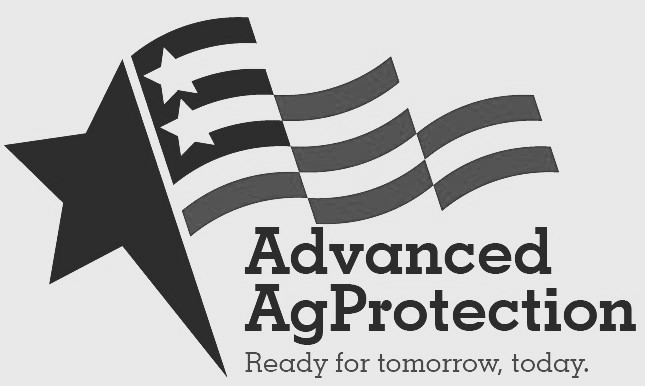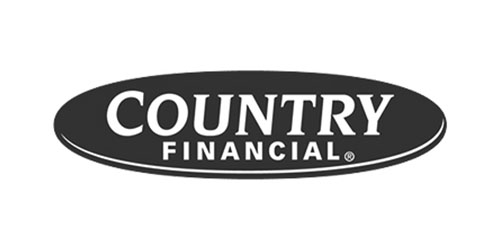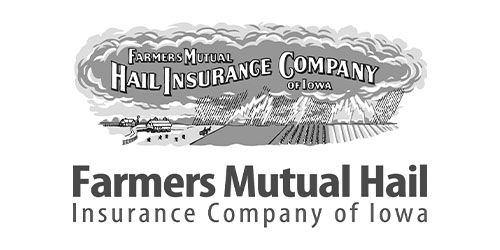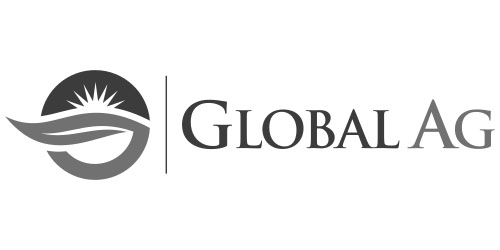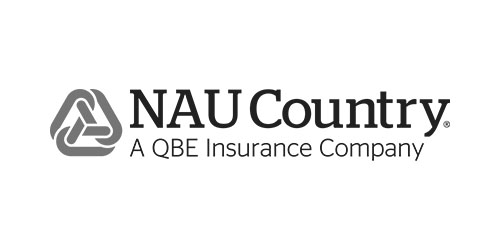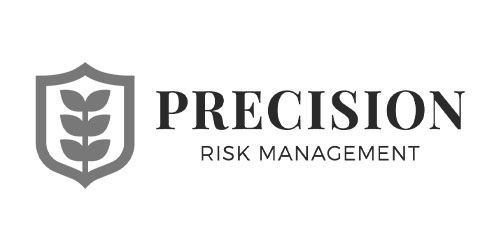Is Crop Insurance Like Other Forms Of Insurance?
Lorem Ipsum
All insurance, from auto to life, health, and property works best when it expands to cover a large number of people – an insurance concept known as the “risk pool.” Crop insurance is no different. That is because the greater the participation – more acres protected – the more widely spread is the risk or chance of loss. And by spreading the chance of loss among a diverse group of insureds, premiums become much more affordable for everyone involved.
Additionally, participants in all forms of insurance must have pay premiums and shoulder deductibles. This allows the insured ownership for determining their protection needs, costs and desired coverage, while also preventing the insured from engaging in risky behavior – sometimes referred to as “moral hazard.”
In this sense, crop insurance works like other forms of insurance. However, the parallels are not perfect because agriculture is a unique kind of business that suffers unique kinds of losses. Unlike other insurance lines, agricultural losses tend to be geographically targeted and often catastrophic in nature.
For example, there is little chance that every car in a city will be simultaneously wrecked, or that every person in a state will need medical help at the same time. But a single freeze, hurricane, or drought can cause a catastrophic loss for almost every farming operation within a county or region, which makes it more difficult to insure.
Because of this higher risk, the concentration of losses, and the likelihood for wide-scale and catastrophic disaster losses, Federal crop insurance policies can be costly and limited in scope without some form of government support. Thus, America has a Federal crop insurance system based on a public-private partnership between private insurance company providers and the U.S. Department of Agriculture.
Under a financial agreement – known as the Standard Reinsurance Agreement – insurance companies must sell a crop insurance policy to any eligible farmer at the premium rate set in advance by the Federal government. In addition, companies cannot refuse to provide protection, raise the premium rate, or impose special underwriting standards on any individual eligible farmer, regardless of risk. Crop insurance premiums are discounted by the Federal government, which reduces the out of pocket costs to farmers.
* Updated January 2023

